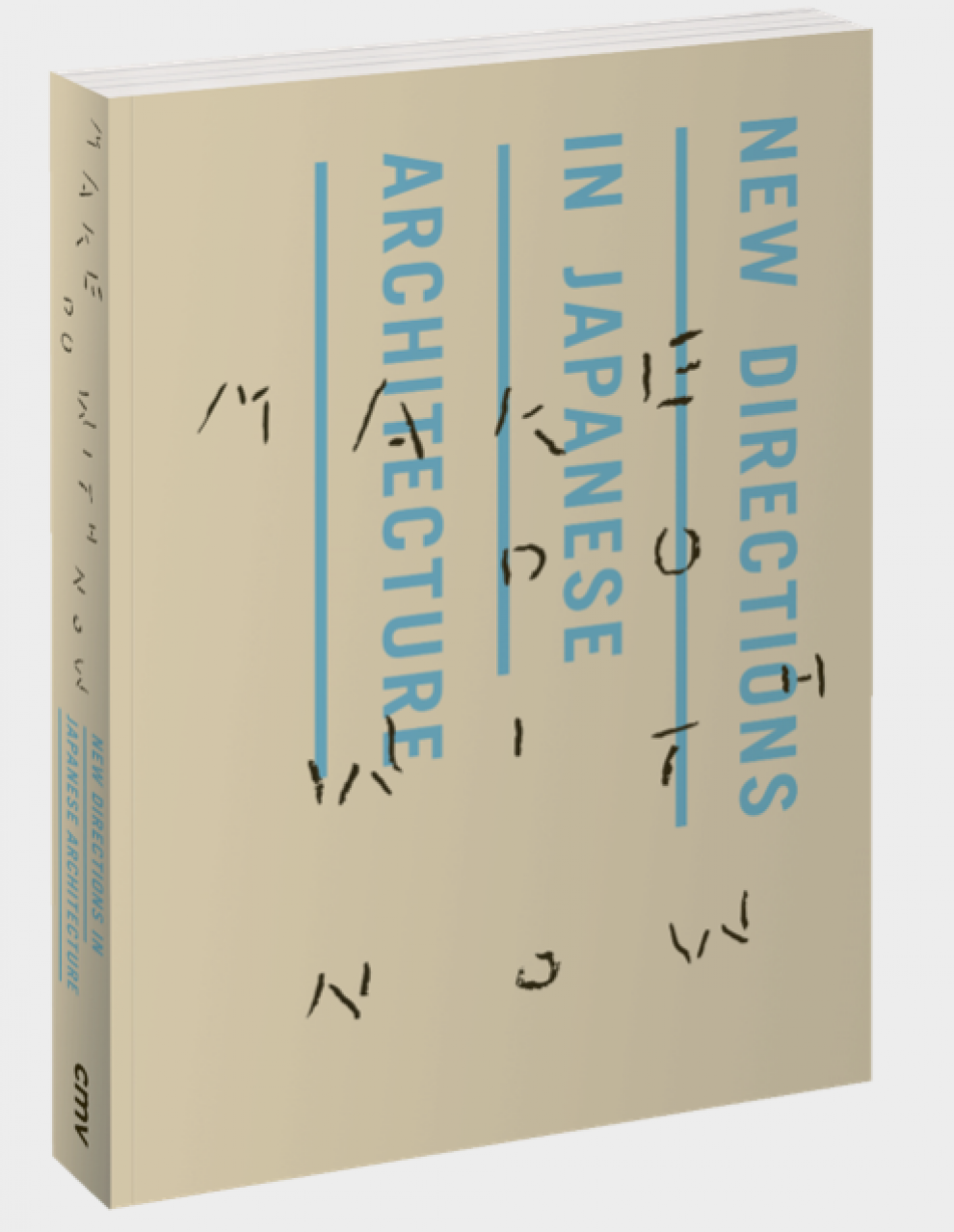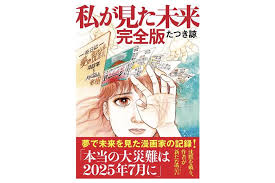Willkommen auf der Seite der "Textinitiative Fukushima"
Die Seiten der Textinitiative Fukushima werden derzeit von der Japanologie der Goethe-Universität betrieben. Gegenwärtiges Anliegen von TIF ist die zeitgeschichtliche Dokumentation. Das Forum dient nun in erster Linie als Archiv für Informationen zu 3/11 sowie allgemein zur Geschichte des Atomaren. Die Suchfunktion ermöglicht Recherchen zu Stichworten, Inhalten und Akteuren.
| Japans Architektur nach Fukushima - Ausstellung in Mendrisio | 29.07.2025 |
"Der erste Teil der Ausstellung zeigt 20 repräsentative Projekte der letzten fünf Jahre. Im zweiten Teil werden fünf junge Büros aus Japan vorgestellt, die sich „radikal vom traditionellen Bild des Architekten-Autors entfernen“, so Shinohara. Zu den Büros zählen Mio Tsuneyama + Fuminori Nousaku Architects (Tokio), 403a Architektur [dajiba] (Hamamatsu), tomito architecture (Yokohama), dot architects (Osaka) sowie CHAr (Tokio). Neben Fotos und Modellen erläutern die Architekt*innen ihre Positionen in Videoporträts, die mit dem Studio GROSS entwickelt wurden.". Eröffnung: Donnerstag, 10. April 2025, 18.30 Uhr Ausstellung: 11. April bis 5. Oktober 2025 Ort: Architekturtheater, Universität der italienischen Schweiz, Via Turconi 25, 6850 Mendrisio Links: https://www.baunetz.de/meldungen/Meldungen-Ausstellung_in_Mendrisio_9890158.html Ergänzend zur Ausstellung erschien ein Katalog im Christoph Merian Verlag |
|
| Ein prophetischer Manga - Ryô Tatsuki | 28.07.2025 |
Mittlerweile schlägt das Buch und die darin entfaltete Vision große Wellen und wird von vielen Lesern ernst genommen. Das hat vor allem zwei Gründe. Zum einen lag Tatsuki schon einmal richtig. 1999 prophezeite sie in einem Manga, dass Japan im März 2011 eine große Katastrophe ereilen würde. Und genau so kam es: ein Erdbeben, eine Atomkatastrophe und ein Tsunami erschütterten das Land. Der Tsunami forderte mehr als 18.000 Todesopfer." (2. Juli 2025, Torsten Iffland, ARD Tokio) Links: https://www.tagesschau.de/ausland/asien/japan-manga-erdbeben-100.html Übersicht mit KI: 「私が見た未来」は、たつき諒による漫画で、2011年の東日本大震災を予言したとされ、2021年に「私が見た未来 完全版」として再版されました。完全版には、作者の夢日記や、2025年7月に起こるとされる大災難についての記述も含まれています。 |
|
| "Mihama Plant Leads Japan’s Historic Nuclear Comeback Since the 2011 Fukushima Disaster" | 24.07.2025 |
"Kansai Electric Power Company plans to build a next-generation nuclear reactor at the 1,666 MW Mihama nuclear power plant in Fukui Prefecture. This marks Japan’s first concrete post-Fukushima move towards the construction of a new nuclear reactor." (....) "The Japanese government adopted a new Basic Energy Plan in February 2025. The new Basic Energy Plan exclusively supports the maximum use of nuclear power. It also includes the designing, planning, development and installation of new next-generation reactors. Also underscoring Japan’s shift in nuclear policy is the enhancement of safety in the new design models." (Constructionreview, 21. July 2025) Link: https://constructionreviewonline.com/news/mihama |
|
| Erdlieferung aus FUKUSHIMA an Premier Ishiba: Für Blumenbeete (Juli 2025) | 23.07.2025 |
"Japans Regierung will zeigen, dass Fukushima-Erde ungefährlich sei: Dutzende Säcke aus der Nähe des verunglückten AKW wurden zum Amtssitz von Premier Ishiba transportiert. Viele Regionen wollten aber nicht mitmachen." (Tagesschau 19. Juli 2025) Link: https://www.tagesschau.de/ausland/japan-radioaktive-erde-100.html |
|
| Rückblick Deutscher Bundestag: Expertendiskussion über Folgen von Atomkatastrophen | 16.07.2025 |
"Mit der fragilen Sicherheitslage im ukrainischen Atomkraftwerk Saporischschja und den Folgen der Atomkatastrophen in Tschernobyl und Fukushima hat sich der Ausschuss für Umwelt, Naturschutz, nukleare Sicherheit und Verbraucherschutz am Mittwoch, 15. März 2023, befasst. Anlass für das öffentliche Fachgespräch mit Experten war der zwölfte Jahrestag des Unfalls im japanischen Atomkraftwerk Fukushima am 11. März 2011." Link: https://www.bundestag.de/dokumente/textarchiv/2023/kw11-pa-umwelt-atomkatastrophen-936344 |
|
|
21-25 von 805
|

 "Der Titel des Mangas sagt im Grunde schon alles: "Die Zukunft, die ich sah" heißt das Buch der Zeichnerin Ryo Tatsuki, darin macht sie ihre Träume zum Thema. In ihrem Buch, das erstmals 1999 erschien und 2021 neu aufgelegt wurde, erzählt sie, dass der Meeresboden in der Mitte zwischen Japan und den Philippinen im Juli 2025 explodiert. Daraus entsteht dann in den Vorstellungen der Zeichnerin ein riesiger Tsunami, der die Pazifikküste Japans zerstört.
"Der Titel des Mangas sagt im Grunde schon alles: "Die Zukunft, die ich sah" heißt das Buch der Zeichnerin Ryo Tatsuki, darin macht sie ihre Träume zum Thema. In ihrem Buch, das erstmals 1999 erschien und 2021 neu aufgelegt wurde, erzählt sie, dass der Meeresboden in der Mitte zwischen Japan und den Philippinen im Juli 2025 explodiert. Daraus entsteht dann in den Vorstellungen der Zeichnerin ein riesiger Tsunami, der die Pazifikküste Japans zerstört.